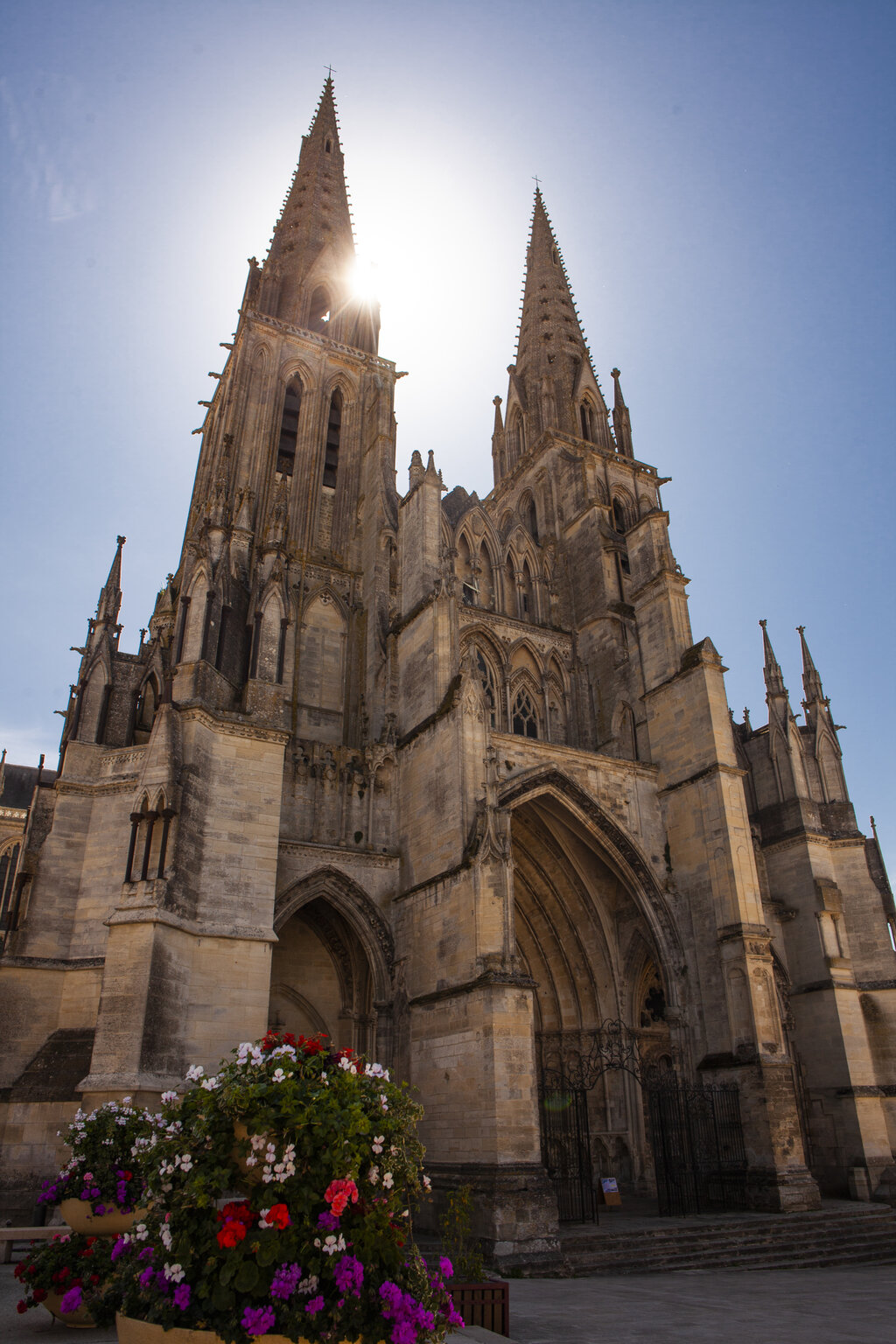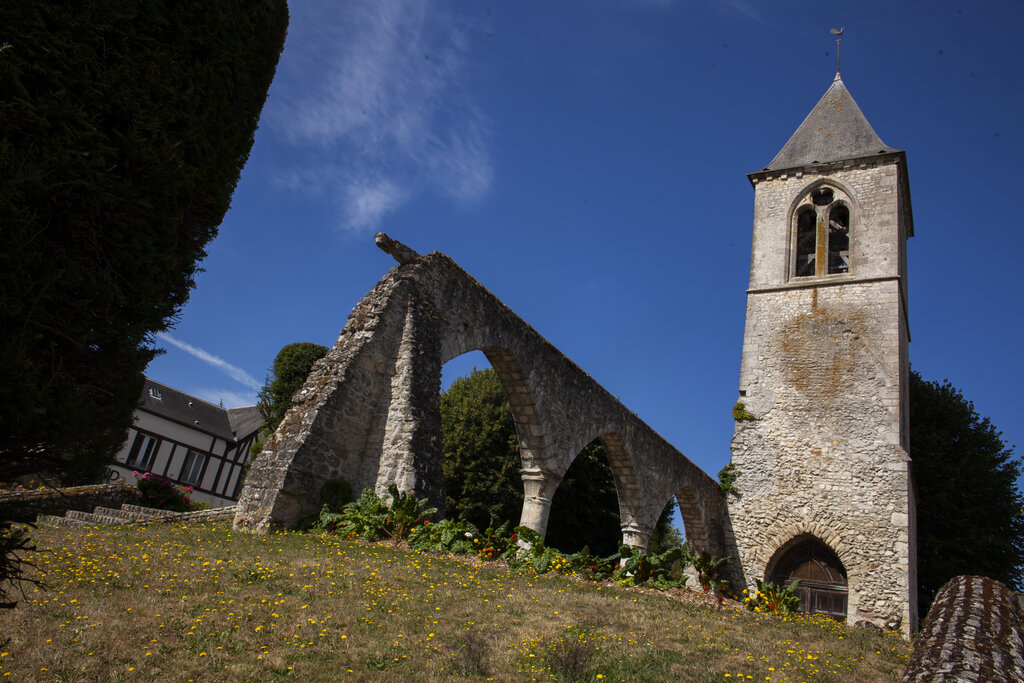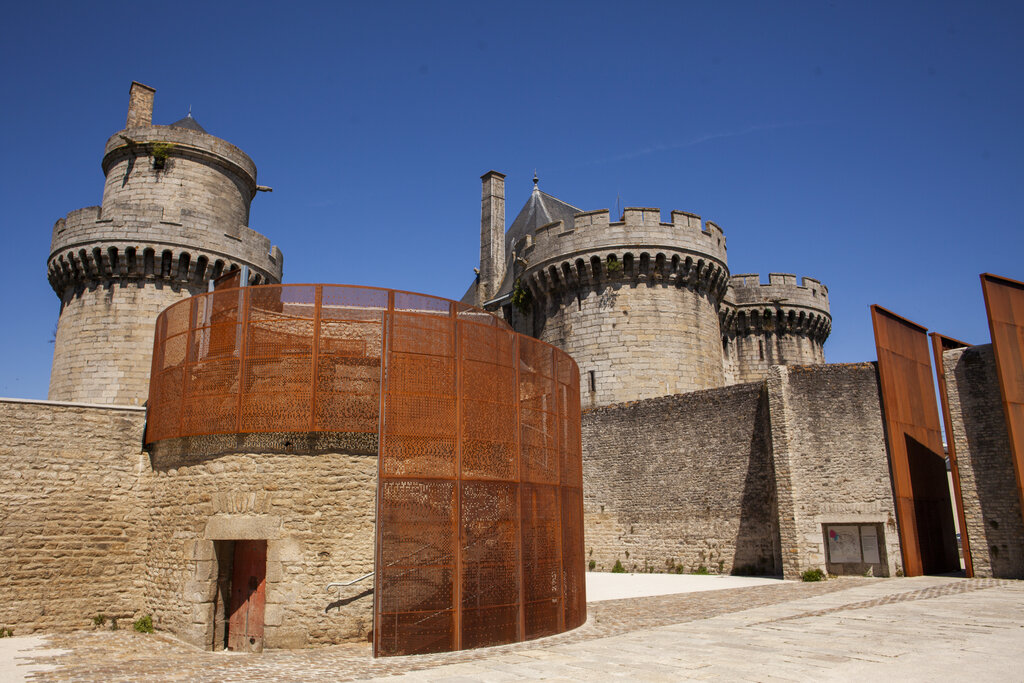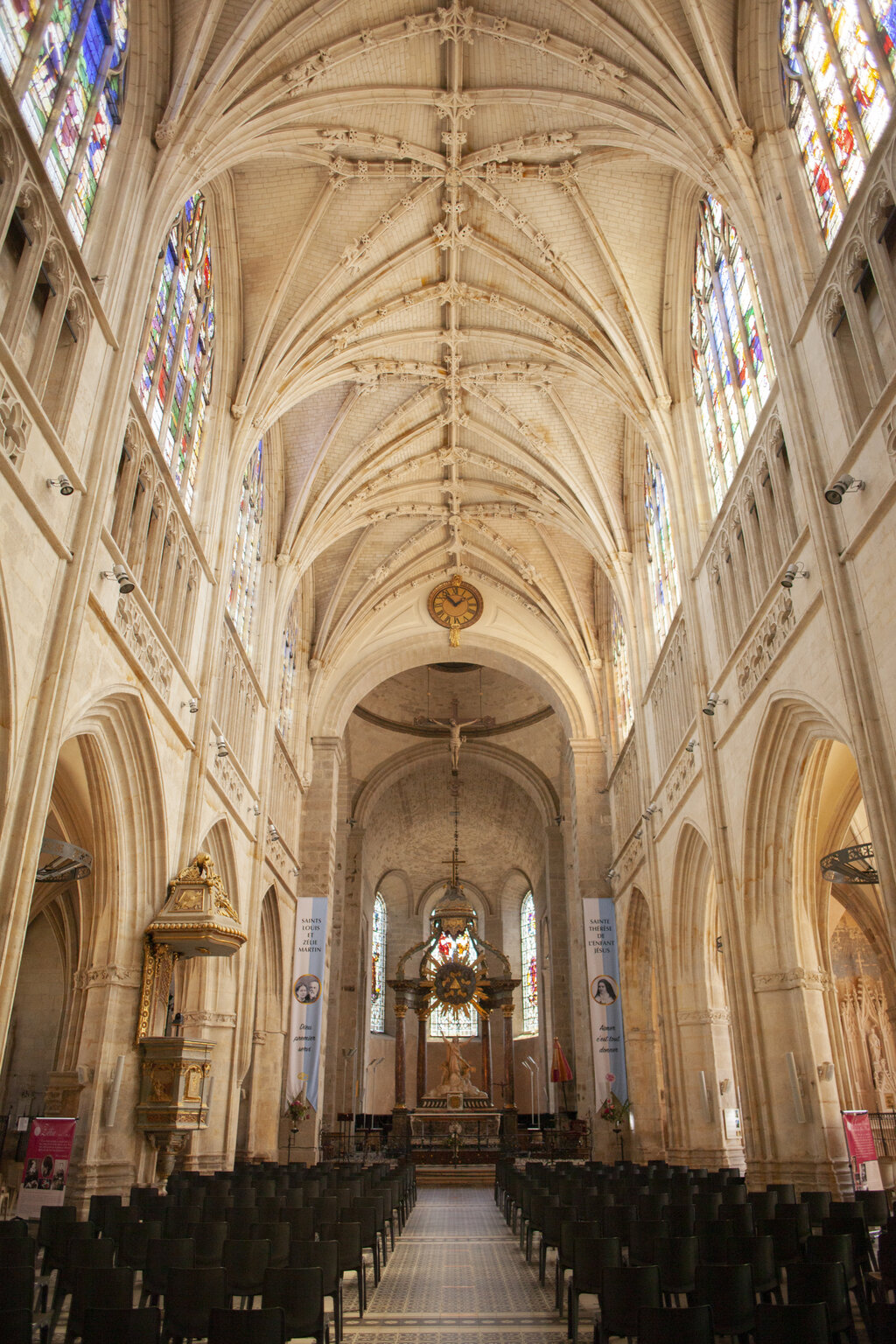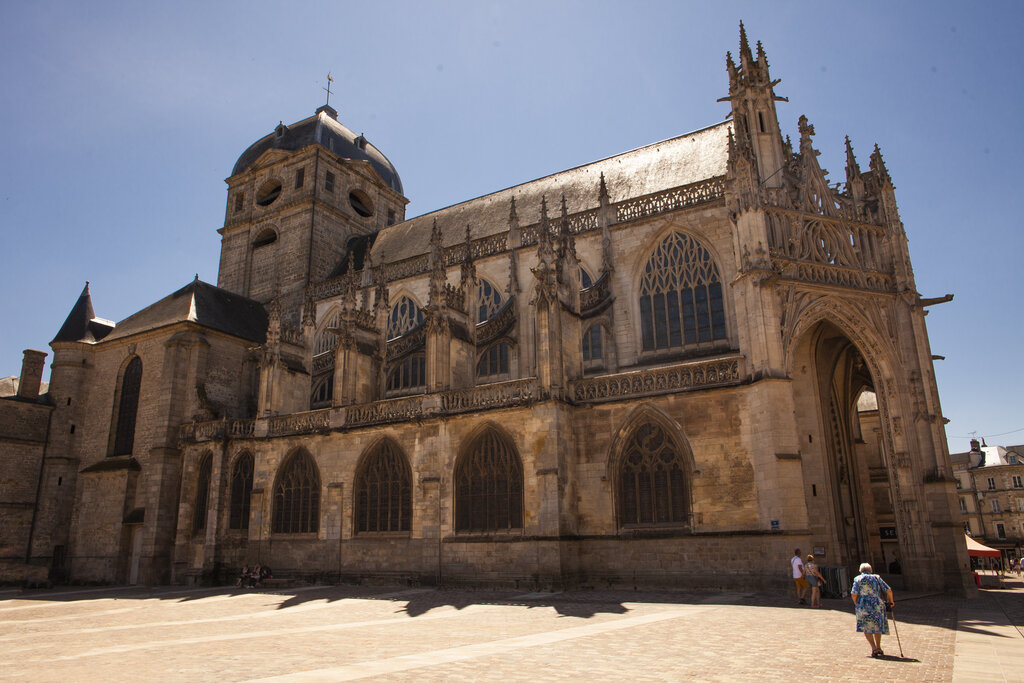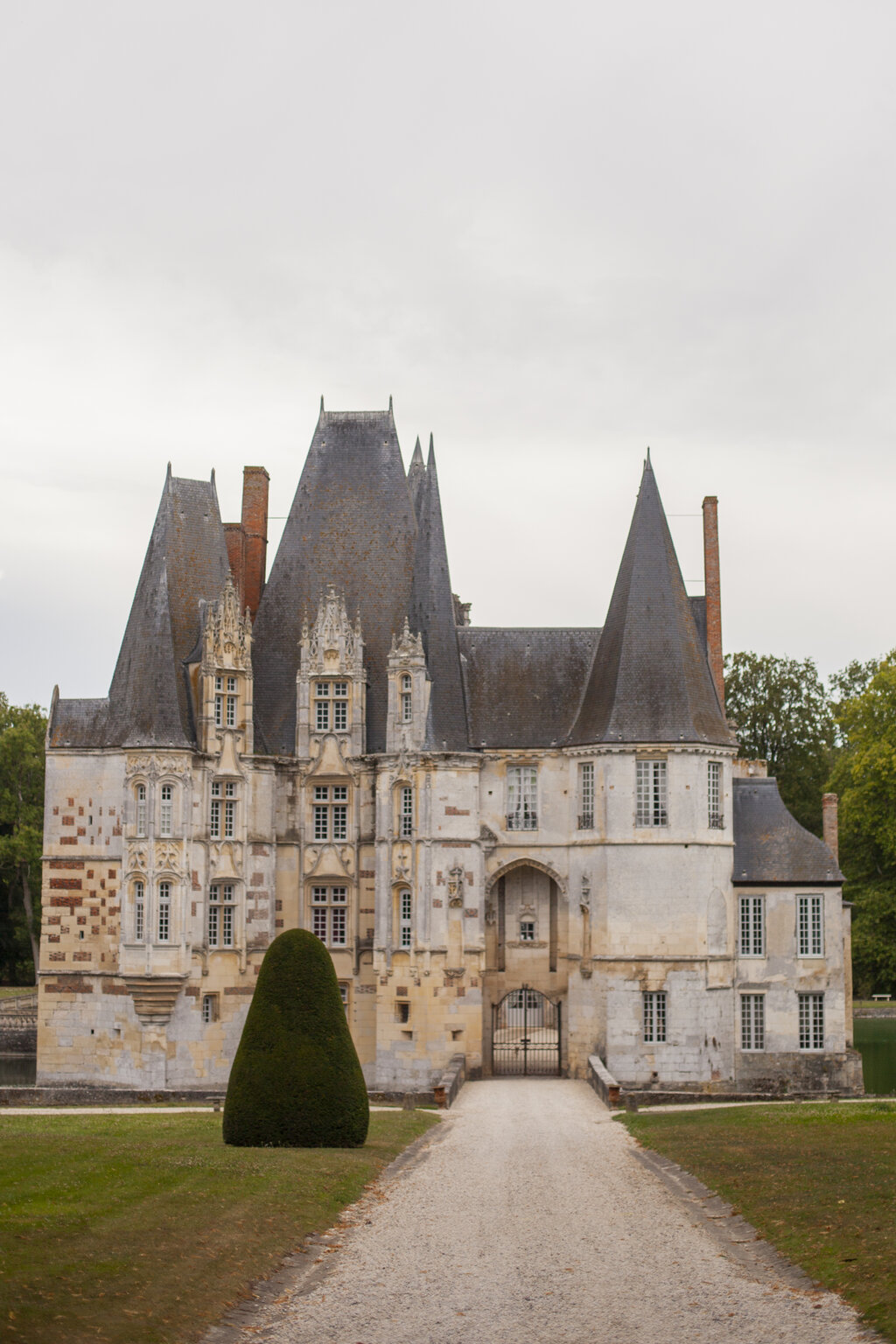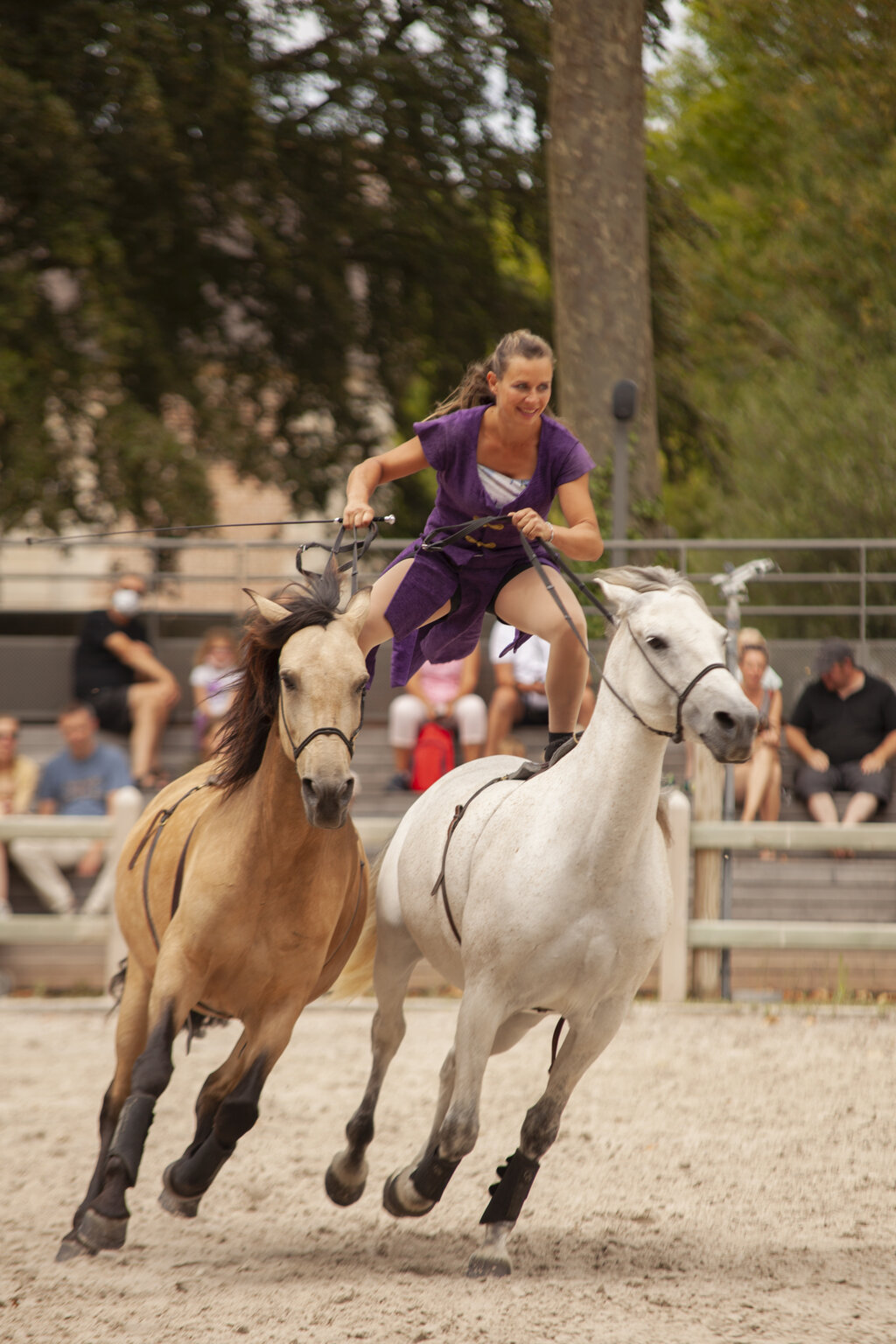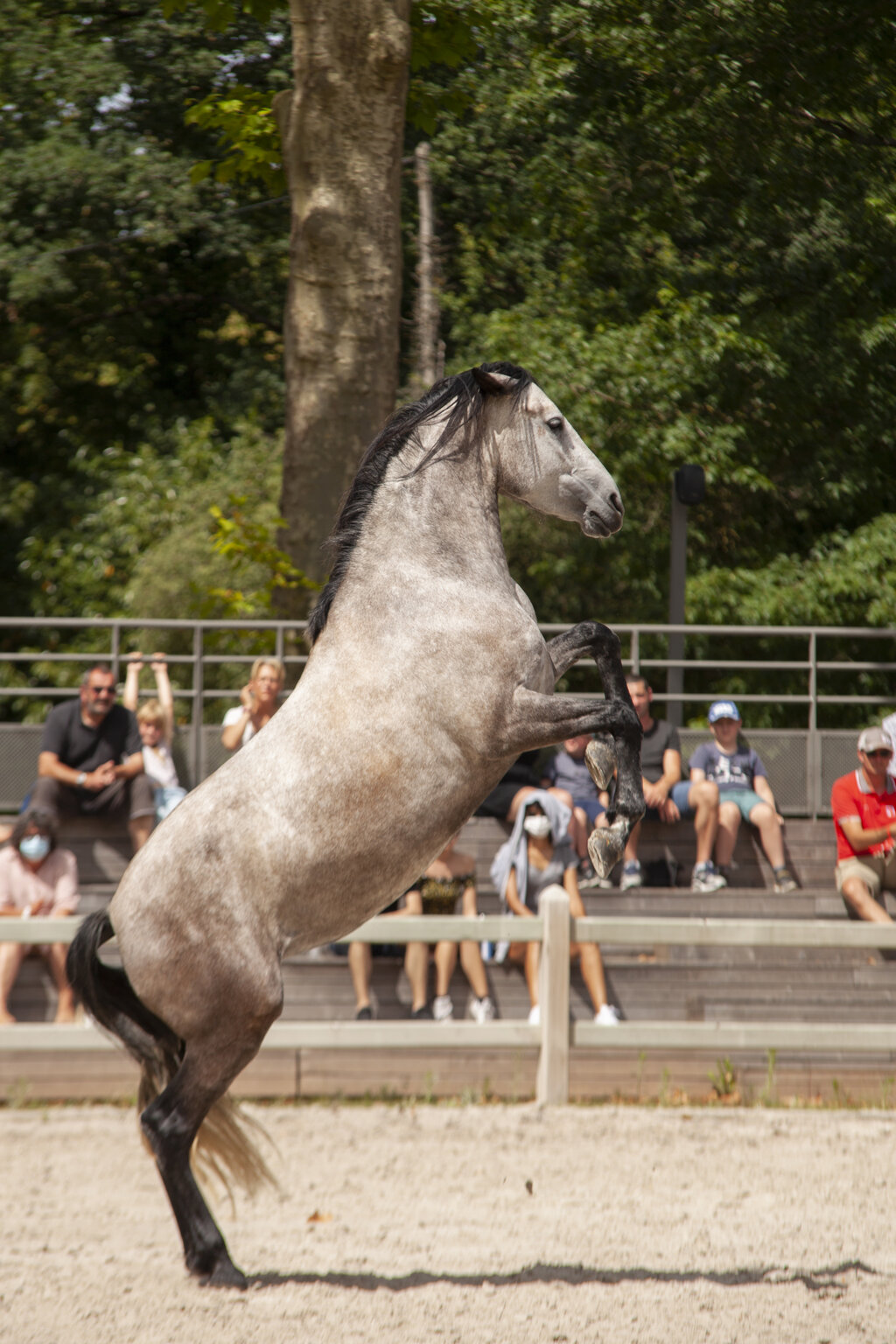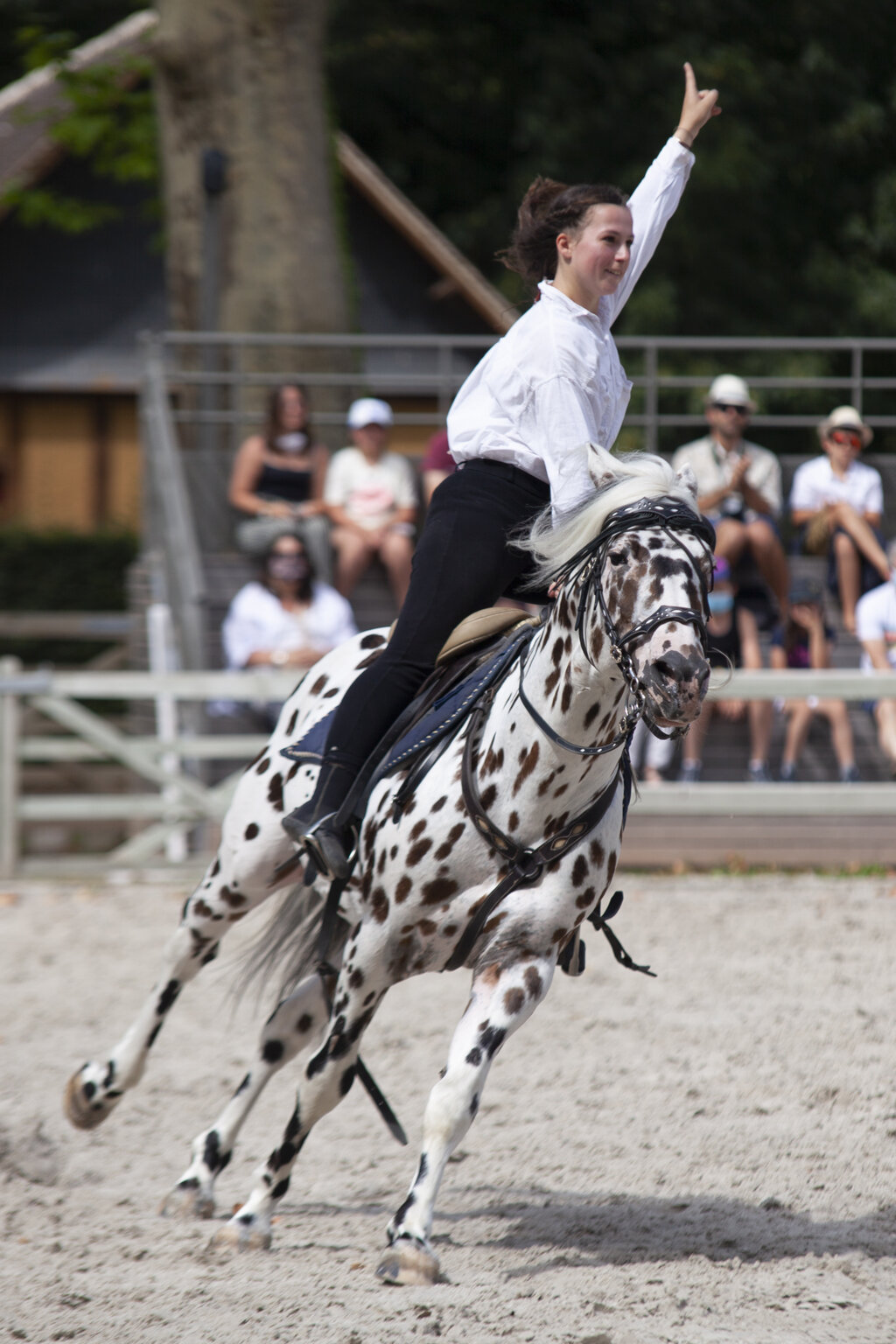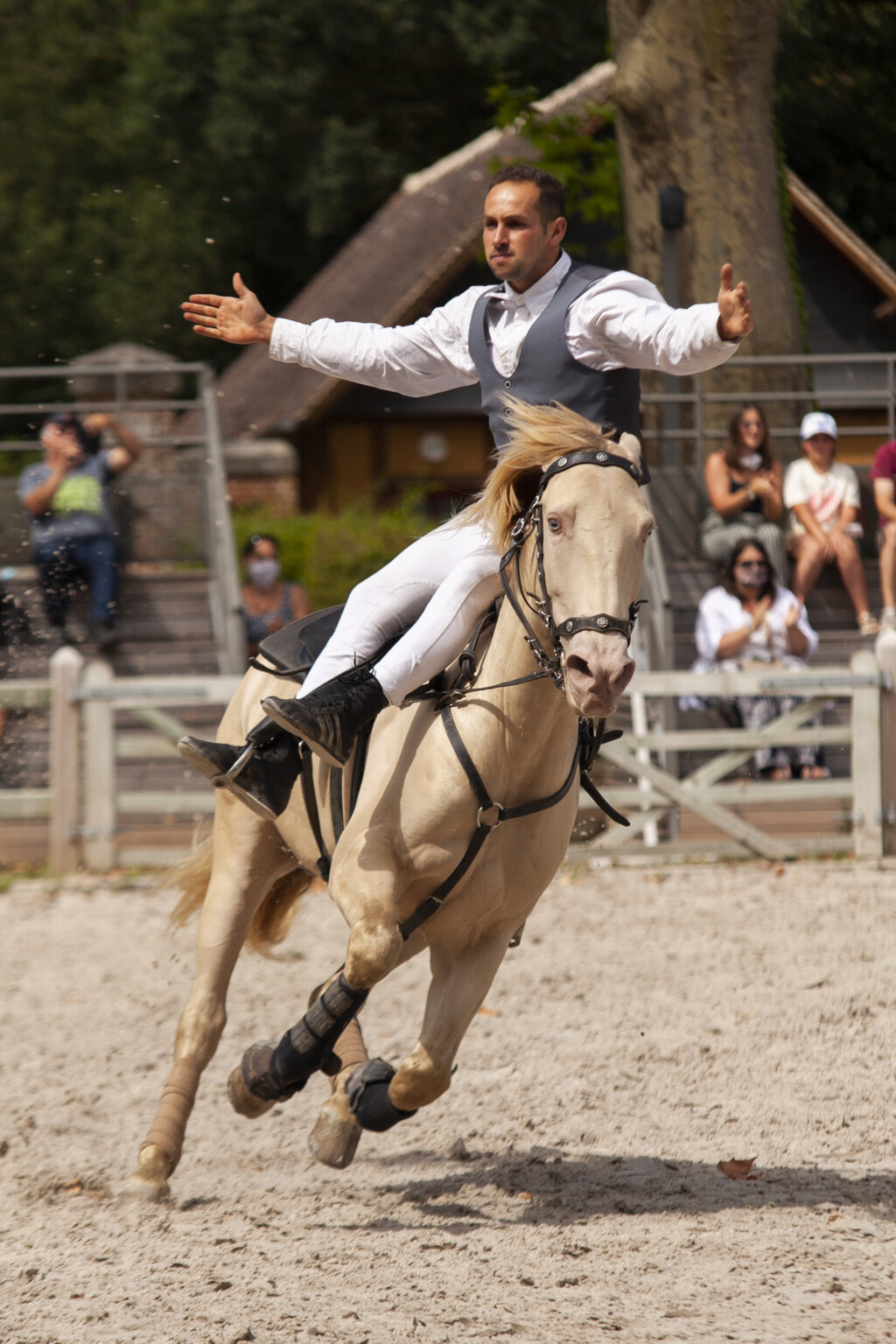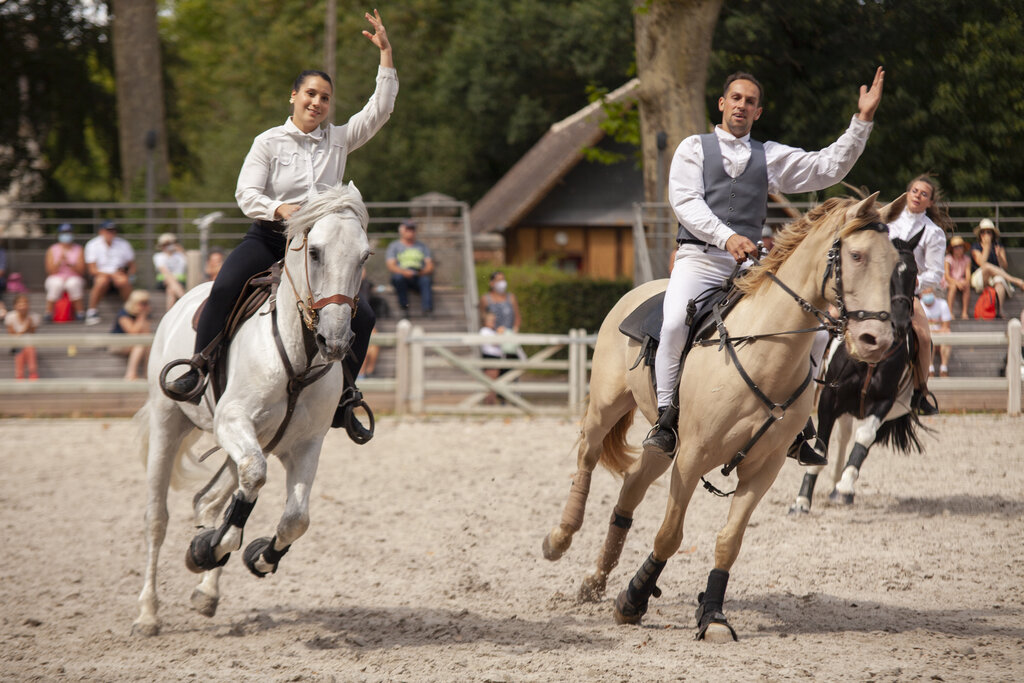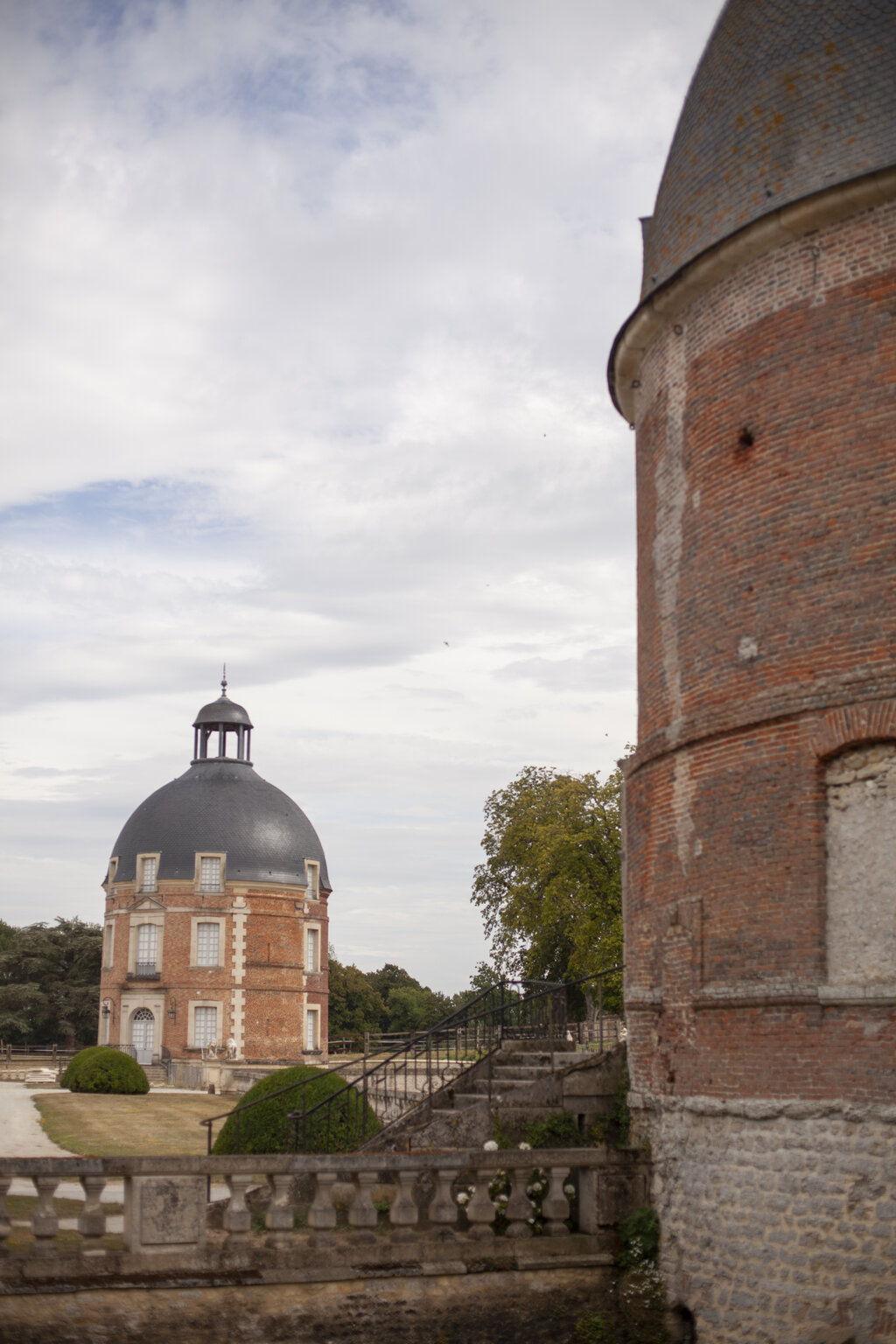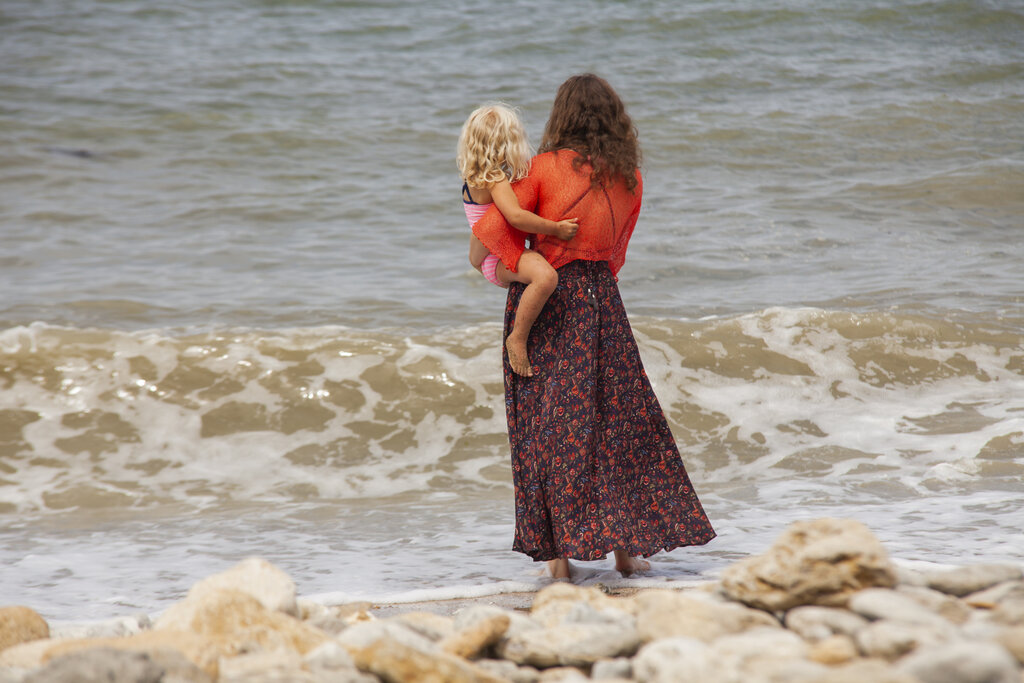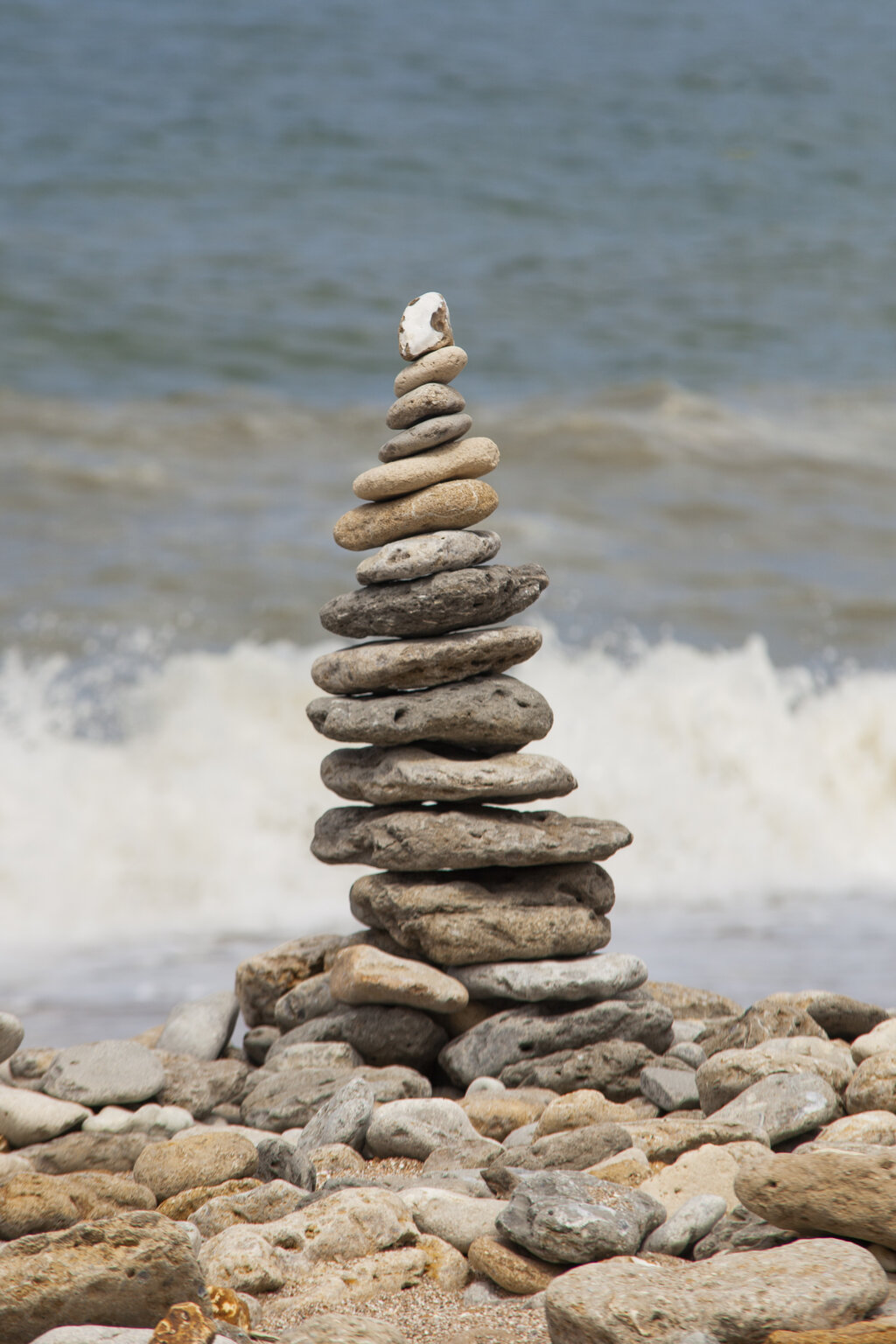Surroundings
There are plenty of villages and towns to visit around Tanville. Below is a nice collection of places worth visiting.
Alençon,
Alençon is a town located in the southern part of the Orne department. The city is nicknamed "la Belle Endormie", which loosely translated means "the Sleeping Beauty".
Alençon is best known for its needlepoint lace, which was made world famous here by thousands of lace workers since the 16th century. It is also the birthplace of Saint Therese of Lisieux.
This is one of the few Norman towns to remain largely intact after World War II, and one of the first to be liberated by General Leclerc's Second Armored Division. A small museum was dedicated to it in la Maison d'Ozé, which is also home to the Tourist Office. Every Thursday and Saturday morning, a market full of colors and scents takes place on the Place de la Magdeleine, at the foot of the Notre-Dame Church.
Haras du pin (24 km from La Maison de Dame Holda)
Located in the municipality of Pin-au-Haris in the Orne, Haras du Pin is the symbol of French horse breeding. The Haras du Pin was founded in 1715 by order of the Sun King (Louis XIV) and is also known as the Versailles of the horse. Visitors to this prestigious place will experience an unexpected experience and get to know the elegant world of the horse in a unique historical setting. There is a guided tour where you gain knowledge about different breeds, the postures and steps, the anatomy and the traditional crafts around the horse. In the stables visitors learn all about the secrets surrounding the history of breeding, the tour ends at a beautiful carousel of sculptures.
D-day beaches (137 km)
The landing beaches, including Utah Beach, Omaha Beach, Gold Beach, Juno Beach and Sword Beach, Arromanches-les-Bains and its remnants of the artificial harbor, military cemeteries or Hoc headland, have become famous for the Allies entering France here. arrived on the night of the 5th and 6th of June. This day is known as D-Day and was the most important turning point in the second world war
On D-Day, most of the Allied troops, as many as 175,000 soldiers, entered Europe through the beaches of Normandy. In this way they started the counter-offensive to push back the Germans.
24-hour of Le Mans (75 km)
The 24h of le Mans is a unique racing event. The 60 qualified cars must cover the greatest possible distance in 24 hours in the ultimate test of stamina and skill. The cars that finish the race on the La Sarthe circuit must therefore find the perfect mix between technology and speed. A big challenge, and therefore a spectacular race for the fans! The 24h will be held near Le Mans in France on a circuit of about 13.5 kilometers. Enough space to admire the race.
Bagnoles de l'Orne
Bagnoles in the name of the town is also derived from the Latin "balneolum" which means bathing. It is located on a quiet lake in the valley of the Vée, a tributary of the Mayenne. The water has a constant temperature of 25 C and comes from the only hot spring in western France. Treatments in the spa with low-mineral water have a healing effect on rheumatism and problems with varicose veins. You can enjoy a peaceful walk in the gardens around the spa.
Saint-Céneri-le-Gérei
Saint-Céneri-Le-Gérei is a picturesque village in the department of Orne, located on the banks of the river Sarthe. The town is surrounded by green nature, where you can enjoy walking and cycling. In the 8th century, a monastery was built on the site of Saint-Céneri-le-Gérei, as a result of which the village grew slowly. Unfortunately, the monastery was destroyed by the Vikings, but the town itself is still worth a visit. It is located in the bend of the river and is characterized by old houses and a beautiful church. The church dates from the eleventh century and you can admire beautiful frescoes. You can wander around and there are many nice shops and restaurants where you can have a bite to eat. Definitely recommended!
Domfront
The town of Domfront originated around a castle. Due to the constant threat of invasion from the Normans, many people went to live near a castle or fortress so that they could be protected. At the beginning of the eleventh century AD Guillaume Talvas, Duke of Bellême, built a castle on the site of the current town. A village soon developed around this castle. In the year 1100 the village of Domfront and its castle fell into the hands of the English. During the Hundred Years' War between France and England, Domfront also changed owners regularly. For example, in the years 1356 AD and 1418 AD the town was conquered by the English, after which the town was subsequently recaptured by the French. The town of Domfront also played a prominent role during the Wars of Religion. Thus, the leader of the Huguenots, Gabriel de Montgomery, entrenched himself in the castle. The marshal of the Catholic army, named Matignon, forced the Huguenot leader to surrender. He promised that if the Huguenot leader surrendered, his life would be spared. Despite this promise, Gabriel de Montgomery was killed on the guillotine a few months later. Today Domfront is a very interesting place to visit. The town has managed to retain a large part of its historical character. For example, there are several more defensive towers to admire at the borders of the town, which were once part of the original city walls. In the center of Domfront there are several beautiful half-timbered houses, as well as nice shops and restaurants.
Bayeux
The city of Bayeux has its origins in Celtic times. For example, the name of the city is said to be derived from a tribe that lived here in those times. This tribe was better known as the Baiocasses. Like many other towns and villages in Normandy, Bayeux was also ravaged by Norman attacks. In the year 890 AD the city was even destroyed by the marauding Normans. However, the city was restored to its full glory relatively quickly. In the year 1077, the bishop Odon de Conteville, half brother of William the Conqueror, decided that a large cathedral should be built in Bayeux. This cathedral would later be known as the Notre-Dame of Bayeux.
During the Second World War, Bayeux was liberated relatively quickly. In fact, this city was the first major town to be liberated from the German occupiers by the Allies after the Normandy landings. Unlike other cities in Normandy, such as Caen, the city has also been spared major destruction. This is because the British troops landing on Gold Beach met no resistance from the Germans on June 7 when they entered Bayeux. Partly because of this, the city has been able to retain its typical character.
Don't miss the Bayeux tapestry when you visit Bayeux. The length of the carpet is 70 meters and it is 50 cm high. The intention was to decorate the cathedral's ambulatory during festivities. Now it is housed in a museum (Center Guillaume le Conquerant) near the cathedral.
The tapestry is the visual representation of the conquest of England and the battle of Hastings. The story was divided into 58 pieces with commentary in Latin. Because many people could not read, the full story is understandable through the drawings. You could say that the carpet looks a lot like a comic strip. On the carpet you can see how people used to compete and how they dressed, for example
 Nederlands
Nederlands English
English Française
Française

